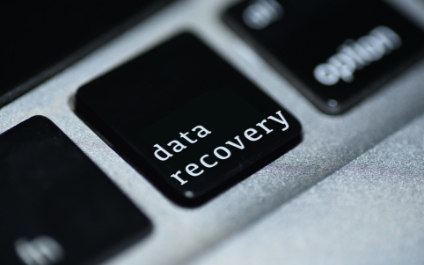You may have heard of the 7 P’s of Planning before – “Proper Planning and Preparation Prevents Particularly Poor Performance” No statement could more accurately describe what can occur if you do not plan and prepare for an interruption in your business due to an unanticipated event. Another part of planning and preparing is the verification process. Once you have your solution in place, if you don’t test and verify that the plan works, an unexpected situation will perform that task for you.
In part one of this series we outlined a broad range of areas that encompass Business Continuity and Disaster Recovery (BCDR). In part two we will be covering Backup Solutions.
The need for backup solutions spans your entire portfolio of business applications and products. Accounting and Payroll systems, customer relationship management, security and surveillance systems, HVAC control, communications platforms to name a few. The steps you take now to ensure that you have current backups of these applications and products can save you significant time, expense and lost revenue in the event of a failure in any system. Having a comprehensive solution, then testing that solution for effectiveness and having a documented disaster recovery plan in place will ensure your organization will experience minimum down time in the event of a failure of one of the components.
Here are the steps to planning your backup solution:
- Identification
- Identify critical business applications and systems
- File servers, application servers, domain controllers.
- Security, Surveillance, HVAC and communication systems.
- Identify critical business applications and systems
- Determine what applications and systems have the capability to be backed up
- Many businesses are still using software and communications platforms that do not have the ability to be backed up.
- This is a sure sign that the system you are using may be posing a security and operational threat to the continuity of your business and steps should be taken to evaluate and procure an updated system.
- Determine the backup capabilities and needs of each application and system
- How are they backed up?
- Can the backups be scheduled or is manual backup required?
- Can the backups be automatically stored in a common location or do the backups need to be manually moved?
- How much storage space is necessary to store all the backup files?
- Consider the total amount of data you have across all platforms and applications when choosing a backup appliance.
- Review and select the solution for your business
- Define requirements
- Investigate solutions and potential vendors then procure the solution.
- Document and test
- Remember, having a documented Business Continuity Plan and a defined procedure for recovery will ensure minimal down time.
- Test your process periodically. This will ensure that your staff understands how to react to a situation and test the technology component functionality.
- Many businesses are still using software and communications platforms that do not have the ability to be backed up.
If you missed part one of this series you can find it here – BCDR Part 1
Our team is ready and available to work with you! For additional information or to get started on protecting your business reach out to us at (206) 725-7728 or check out our website at www.fidelisnw.com.


